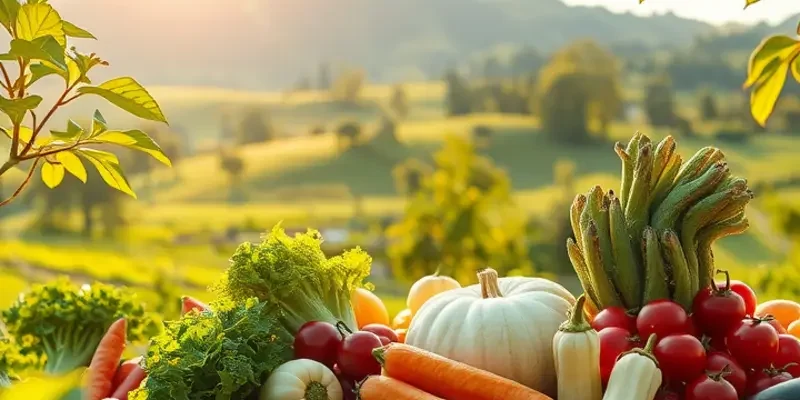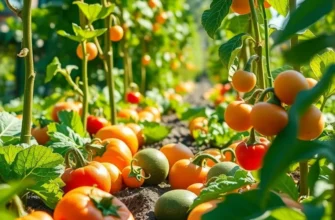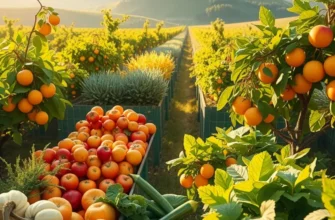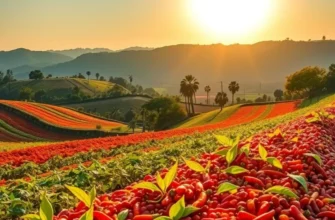Food serves as a universal language, transcending barriers and fostering connections across diverse cultures. Each ingredient and dish holds profound symbolism, often representing historical contexts, beliefs, and social values. From the offerings during cultural celebrations to everyday practices, culinary traditions are steeped in meaning that reflect the heart and soul of communities. Exploring these food symbols enhances our understanding of global civilizations and enriches our culinary experiences.
Culinary Narratives: The Stories Behind Ingredients
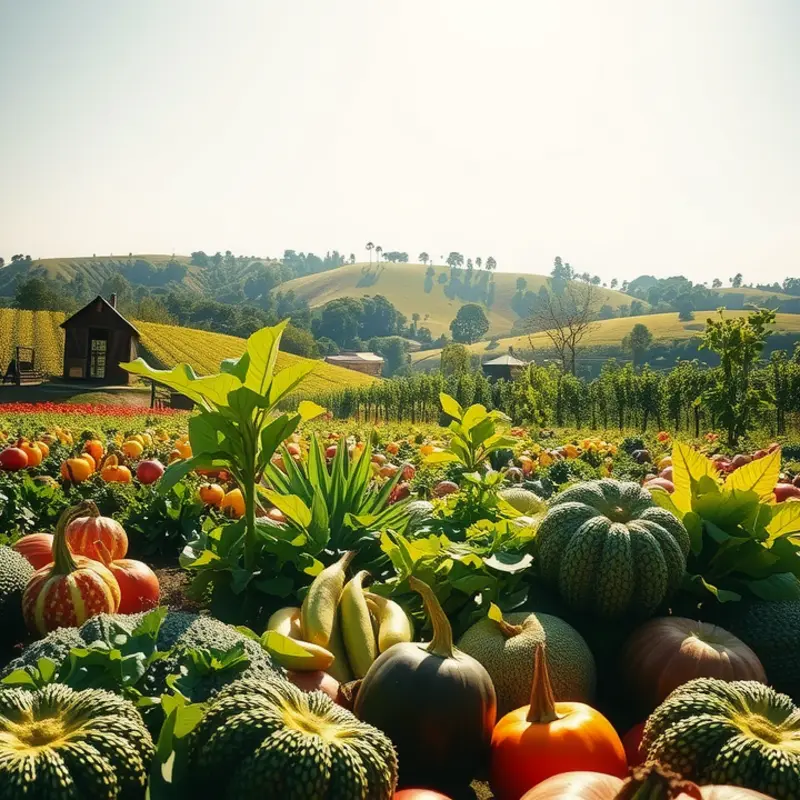
In every corner of the world, food tells a story. Ingredients such as rice, bread, and chili are not just nutritional staples; they are cultural symbols reflecting identities, weaving a rich tapestry of history and spirituality. Let’s explore the depth of meaning these ingredients hold across Asia, Europe, and Latin America.
Rice in Asia
Rice is the cornerstone of Asian cuisine and culture, symbolizing prosperity and life itself. In many Asian countries, rice is more than just a food—it is a spiritual connection. In Japan, the rice harvest is celebrated through festivals like ‘Niiname-sai’, emphasizing its sacredness. Meanwhile, in India, rice is a part of nearly every ritual, from births to weddings, underscoring its significance in life’s milestones. Throughout Asia, the care in cultivating rice reflects values of diligence and respect for nature, becoming a narrative thread in the cultural fabric.
Bread in Europe
Crossing over to Europe, bread emerges as a symbol of community and sustenance. Across European nations, breaking bread is synonymous with fellowship. The consumption and sharing of bread are integral to traditions and ceremonies, connecting people across generations. In France, for instance, the simple baguette represents daily rituals and communal life. Meanwhile, unleavened bread at Passover symbolizes liberation and endurance for the Jewish people, illustrating bread’s deep roots within heritage and ritual.
Chili in Latin America
Heading to Latin America, chili peppers bring heat and spice to culinary tales. Chilies embody not just flavor but a testament to resilience and adaptability. In Mexico, the chili holds symbolic power, deeply embedded in the nation’s history and mythology. Myths tell of gods gifting chili to humanity, making it an artifact of divine origin. The vibrant salsa at family gatherings or street festivals highlights its role in celebrating life’s intensity and zest.
The symbolism of such ingredients forms an essential part of social and spiritual gatherings. In many cultures, these staples are not only consumed but revered, marking important transitions and rites of passage. Techniques to savor these foods, like careful sauce simmering, can be explored further in this guide on global cuisine and culture. Each ingredient tells a story of connection, history, and emotion, influencing how cultures perceive and celebrate life itself.
These culinary narratives are not static; they evolve, absorbing influences across borders and time. They shape and are shaped by the cultural landscapes they inhabit. Through their symbolism, ingredients like rice, bread, and chili continue to narrate stories as vibrant as the people who cherish them.
Rituals and Celebrations: Food as Cultural Heritage
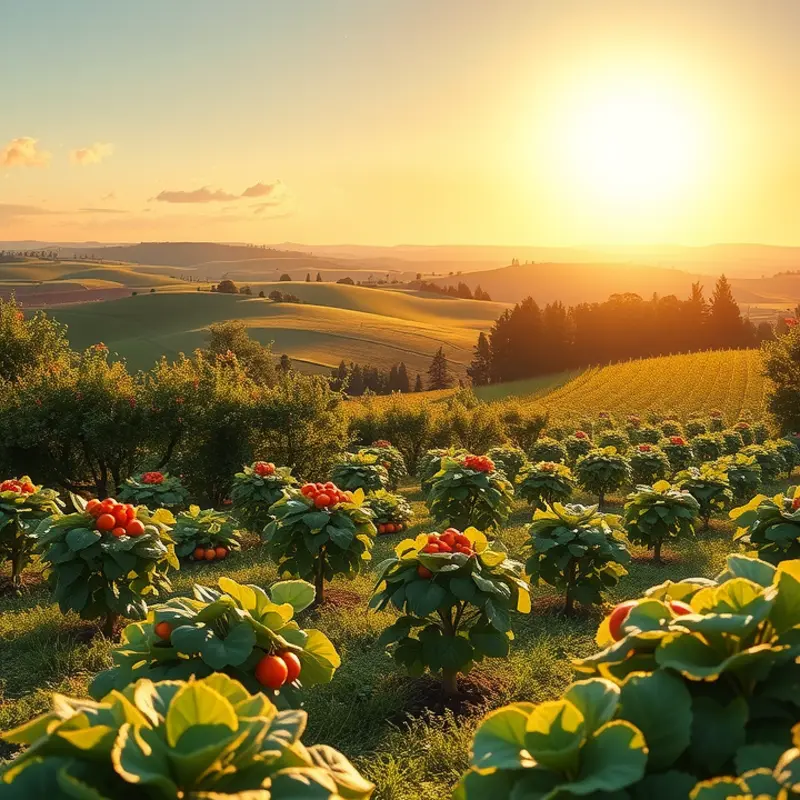
Food serves as a bridge linking the present to the past in a tapestry of cultural rituals and celebrations worldwide. Each culture infuses its culinary customs with symbolic meanings, transforming meals into treasured traditions that unite communities and convey shared identities.
In Mexico, Día de los Muertos, or Day of the Dead, highlights the celebratory spirit with which Mexican culture approaches life’s cycle. During this festival, families come together to honor deceased loved ones with lavish altars filled with vibrant offerings. Among these are pan de muerto, a sweet bread topped with bone-shaped decorations, and sugar skulls, symbolizing the playful embrace of life and death.
Meanwhile, Japan welcomes the New Year with osechi-ryori, an array of beautifully arranged dishes, each bearing its own symbolism. The colors, ingredients, and preparations convey wishes for prosperity, health, and happiness. For example, black beans represent good health, while herring roe signifies fertility and family well-being. The act of creating these dishes involves meticulous care, reflecting the importance of aesthetics and tradition in Japanese culture.
In India, the festival of Diwali embodies the triumph of light over darkness and the renewal of the human spirit. Sweets are integral to this joyous celebration. Confections like jalebi and ladoo are shared as expressions of goodwill and community bonding. The meticulous preparation and distribution of these sweets among neighbors and friends reinforce the shared joy and unity among people.
These culinary celebrations hold deep cultural significance, preserving historical narratives and ancestral skills. More than just food, these traditions are educational experiences shared across generations, ensuring the continuity of cultural heritage. Modern adaptations might occur, accommodating new tastes and techniques, yet the heart of these rituals—connection and continuity—remains unchanged.
Furthermore, community bonding is strengthened through these shared experiences. Festivals that involve group cooking or communal feasting enhance social ties and promote a sense of belonging. Whether through the collaborative preparation of an elaborate meal or the simple act of sharing, food becomes a medium through which people engage, celebrate, and pass on their legacy.
For more on how cultural exchanges through trade have shaped global cuisines and rituals, you can read about culinary influences and trade routes.
In preserving these ritualistic meals, cultures maintain a colorful mosaic of humanity’s shared yet varied heritage. Each bite taken during these celebrations carries the weight of history, love, and communal values. As we savor these foods, we participate in the timeless rhythm of human tradition, where food is more than sustenance—it’s a call to remembrance and a celebration of collective identity.
Final words
Understanding food symbolism invites us to appreciate the intricate relationships between culture, identity, and culinary practices. Each dish can serve as a window into the values, histories, and narratives of a people. As food enthusiasts and culturally-curious individuals, embracing these stories not only enhances our dining experiences but also connects us to a larger global community. The next time you savor a meal, take a moment to reflect on the rich tapestry of cultural significance woven into every ingredient and dish.

